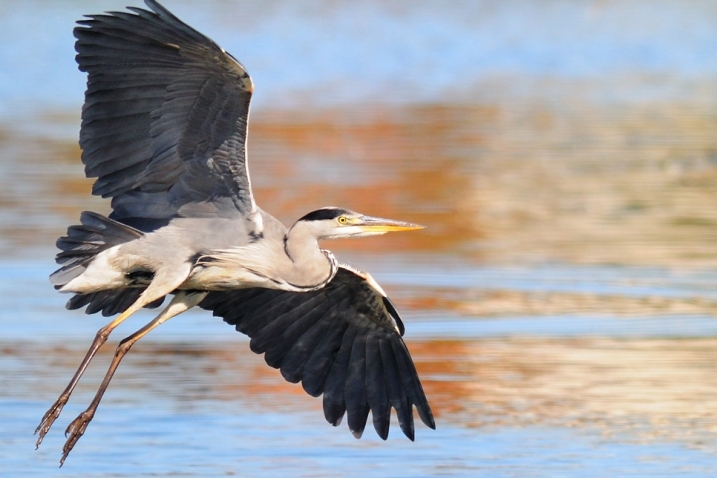More to mud than meets the eye - a b(l)og

Mud is a miracle.
Bugs and mini-beasts live in it. Birds and insects make their homes and eat from it. And at WWT Washington’s ALL NEW Mudfest event this February half-term, families across the North East can find out just how much fun they can have with it!
BUT...there's much more to mud than meets the eye.
Read on to find out just how important this simple-looking, sticky matter actually is, with help from Dr Christian Dunn, Associate Pro Vice-Chancellor for Sustainability of Bangor University.
What's so special about mud?

Dr Dunn explains: "Mud might all look the same at first glance, but don’t be fooled.
"There are many different types of mud and all of them are important for our wildlife and environment in some way.
"You probably won’t be able to see those differences when you’re stomping about in your wellies. Instead, you’ll need to get your hands gloriously wet and muddy.
"It’s amazing what you can tell about mud just by feeling it. Get those wellies off and take a walk in your patch of mud in your bare feet.
"Is it slippy, sticky, or smooth? There is no better way to understand mud than getting your feet into its squelchy loveliness!
"Mud with a good mix of silt, sand and organic matter will probably have lots of nutrients in it making it an important home for plants and wildlife."
Keeping our planet healthy

During Mudfest, visitors can learn more about some of the amazing creatures that rely on mud to survive and how mud plays a vital role in supporting biodiversity.
Biodiversity is the variety of different types of living things - such as plants, animals, and microorganisms - in a certain area and is important because it helps to keep our planet healthy.
Different species of plants and animals play different roles in the environment, and when there is a lot of biodiversity, it means that all of these roles are being filled.
For example, some plants help to clean the air we breathe, while some animals help to control the population of other animals. When there is less biodiversity, it can be harder for the environment to keep itself balanced and healthy.

Every wetland creature has developed special tricks to survive and thrive in a competitive world, and you can learn about some of these incredible adaptations during our Animal Antics and Adaptations keeper show and tells (Tues 21 and Thurs 23 Feb at 1pm for 20 mins).
Or have fun trying out different bird feeding methods with our Bird, Beaks and Feeding Techniques game (Weds 22 Feb, 10.30am-12noon, drop-in sessions).

"When you see mud, you might not think of it as a tasty source of dinner, but that’s exactly what it is for many birds", adds Dr Dunn.
"Mud can be teeming with life, like bugs and molluscs; some of these have their homes in the mud itself while others scuttle across it – and all of them make the perfect meal for a whole host of different types of birds.
"To make the most of this gourmet buffet, birds have developed different ways of finding and catching their preferred snack.
"Some have long legs and patiently wait for their food to come close before spearing it, like the stately grey heron. They need patience, great eyesight and coordination.
"Others, such as curlews, probe with long curved beaks into the mud, delicately picking out worms and shellfish. It must be like using chopsticks with your eyes closed!"
Super powers
And mud has even more valuable properties to add to its list of magic tricks.
It acts as a natural sponge, absorbing excess water to protect us during floods and surging tides, and releasing this water when needed during dry seasons. Muddy wetland habitats like saltmarshes also store huge amounts of carbon from the Earth’s atmosphere, locking it away.

Dr Dunn explains: "The more organic matter there is in your mud, the more dead plants there are.
"These plants are made up of lots of carbon, which can turn into the greenhouse gas carbon dioxide when they decompose. The more carbon dioxide there is in the atmosphere, the worse climate change will get.
"Good wet mud can stop the rotting plants in it from turning into carbon dioxide, so you’re holding in your muddy hand one of the best weapons we have in fighting climate change and saving our planet.
"Mud, oozing with organic matter, is a planet saver!"
Ready to visit?
If you've been inspired to explore Washington Wetland Centre and get muddy while learning about wetlands this February half-term, see our timetable of activities below and plan your visit online.




